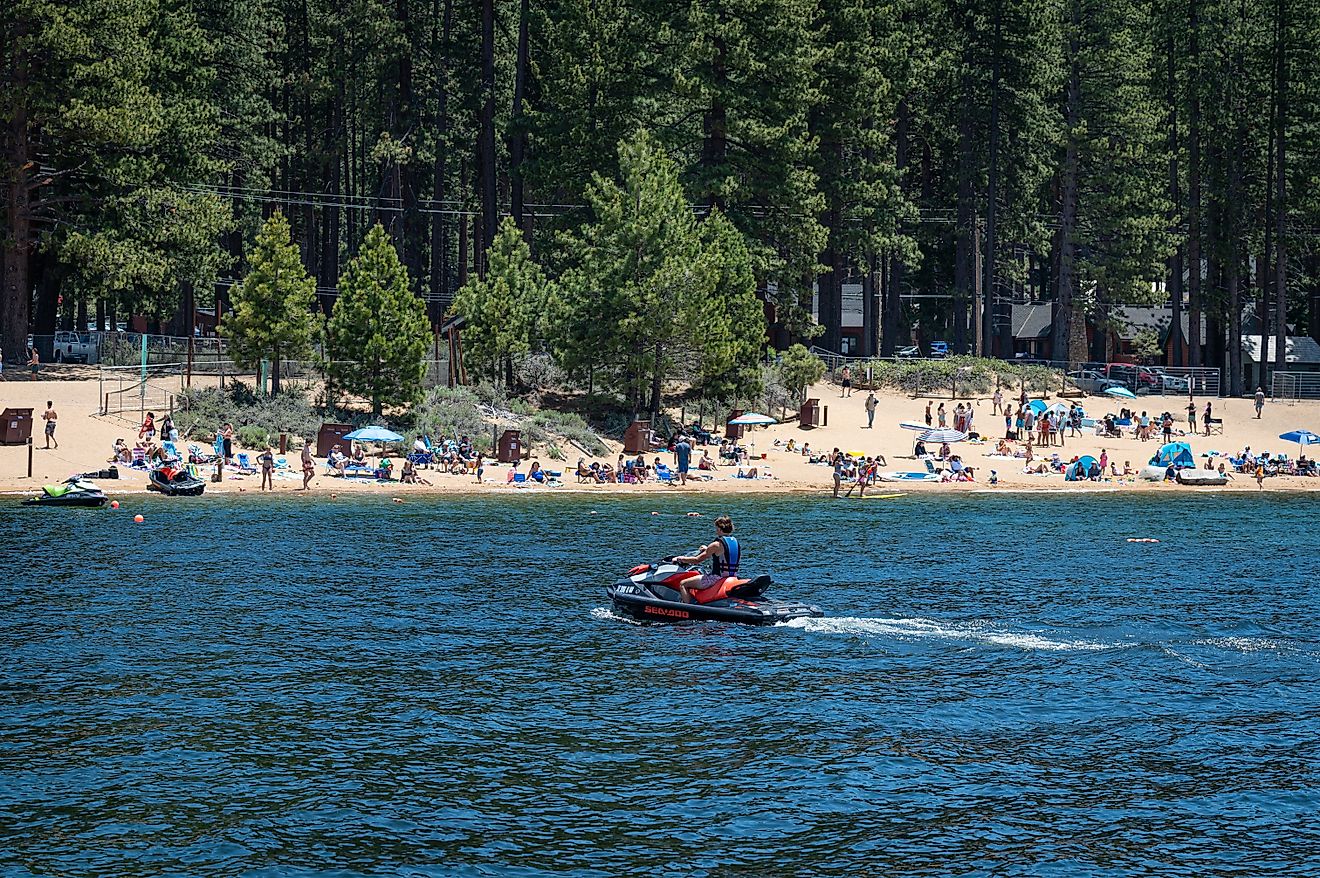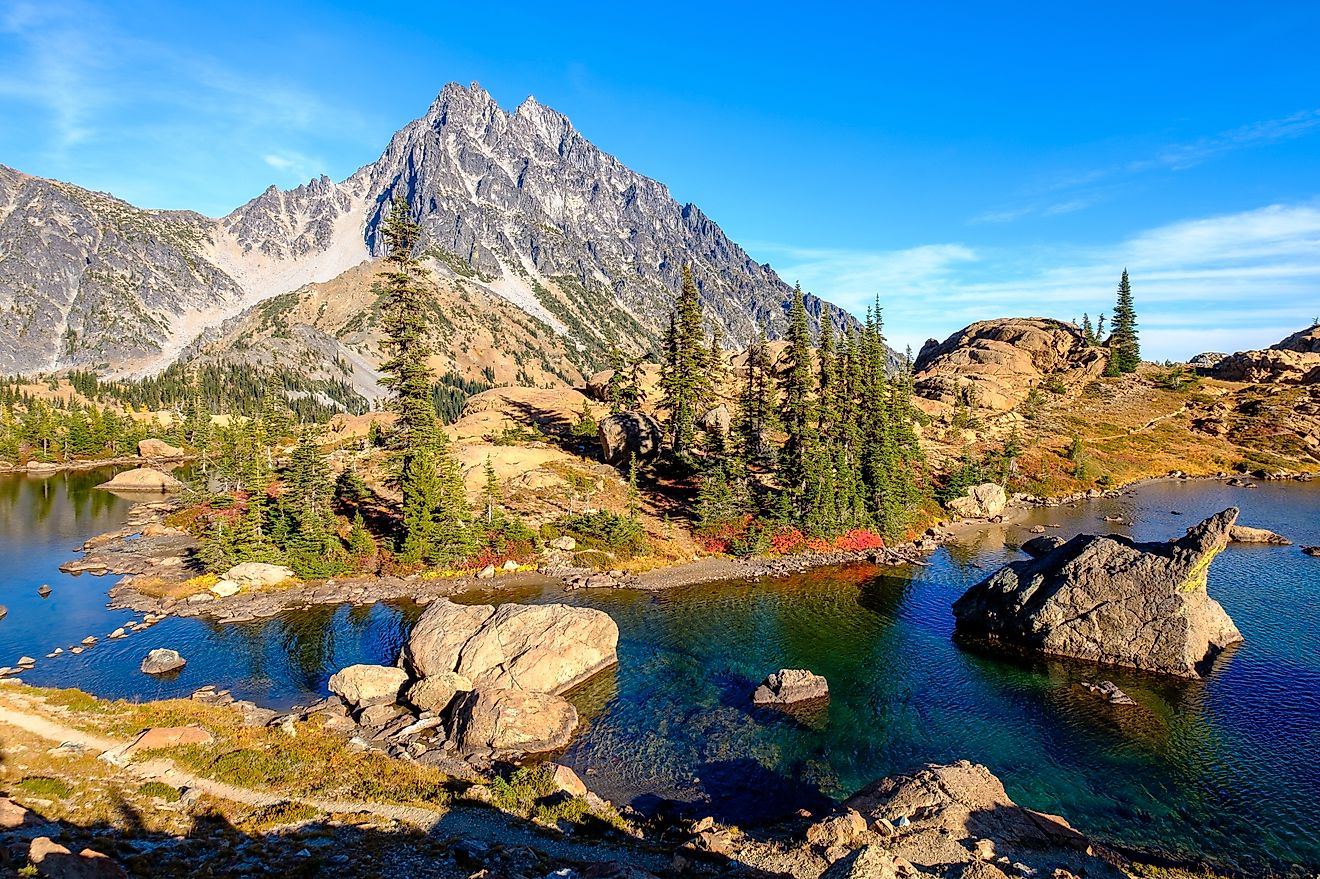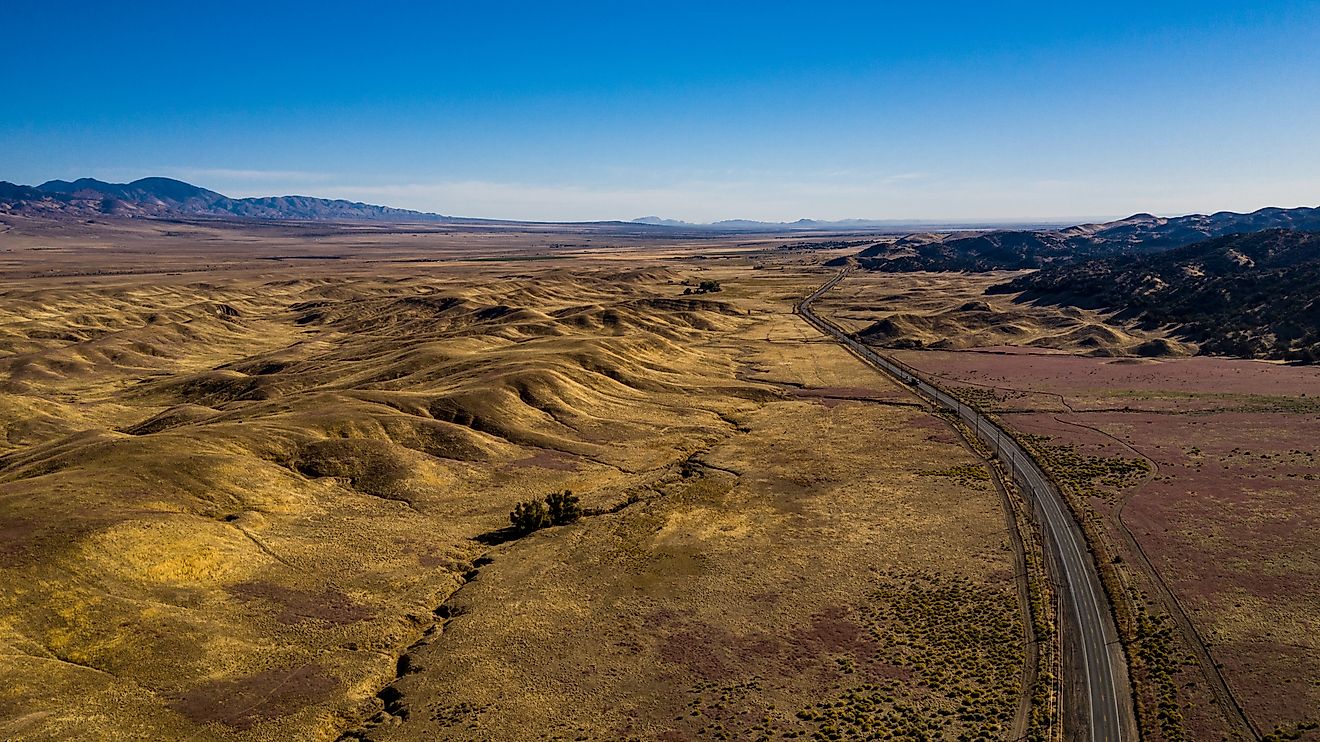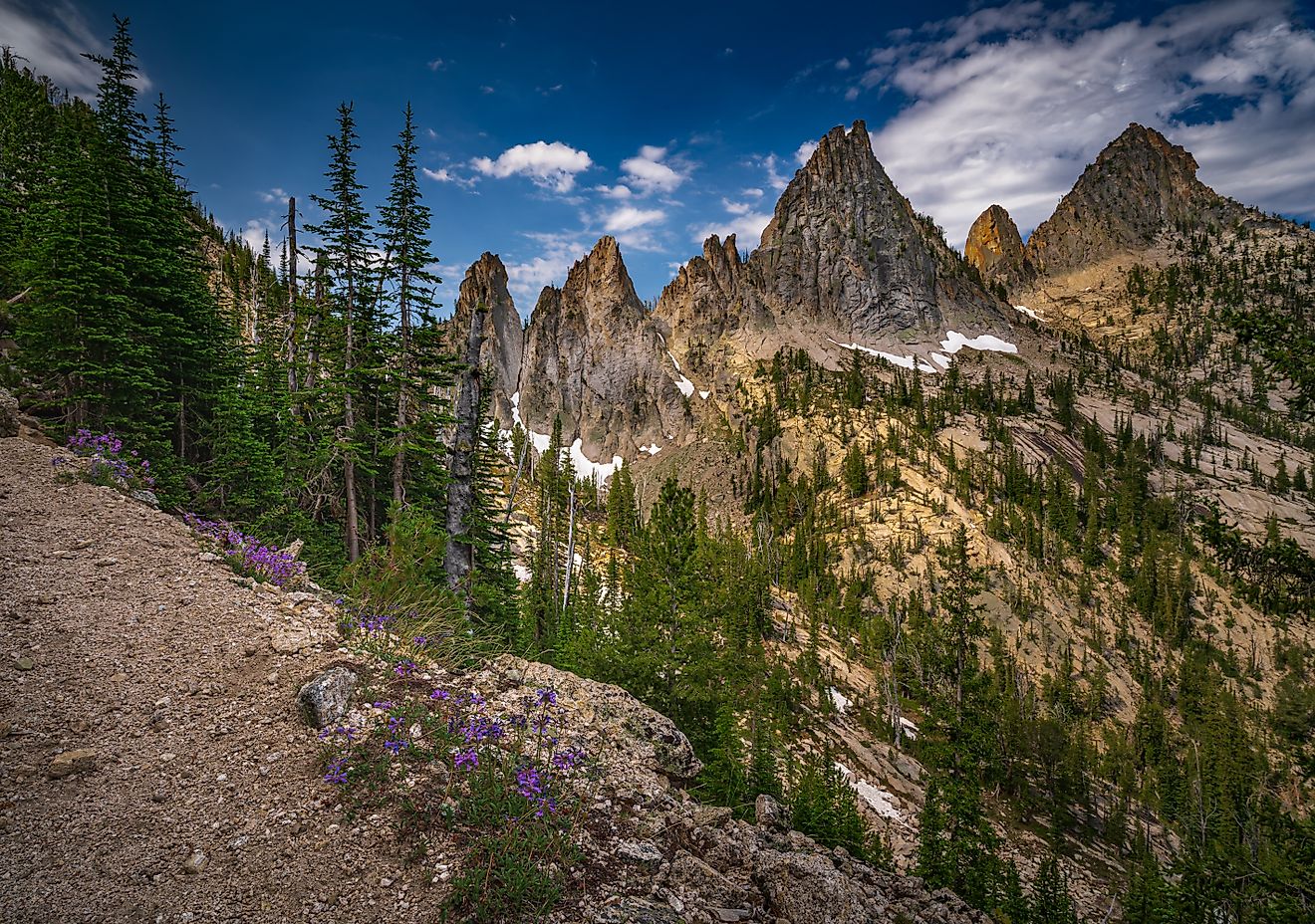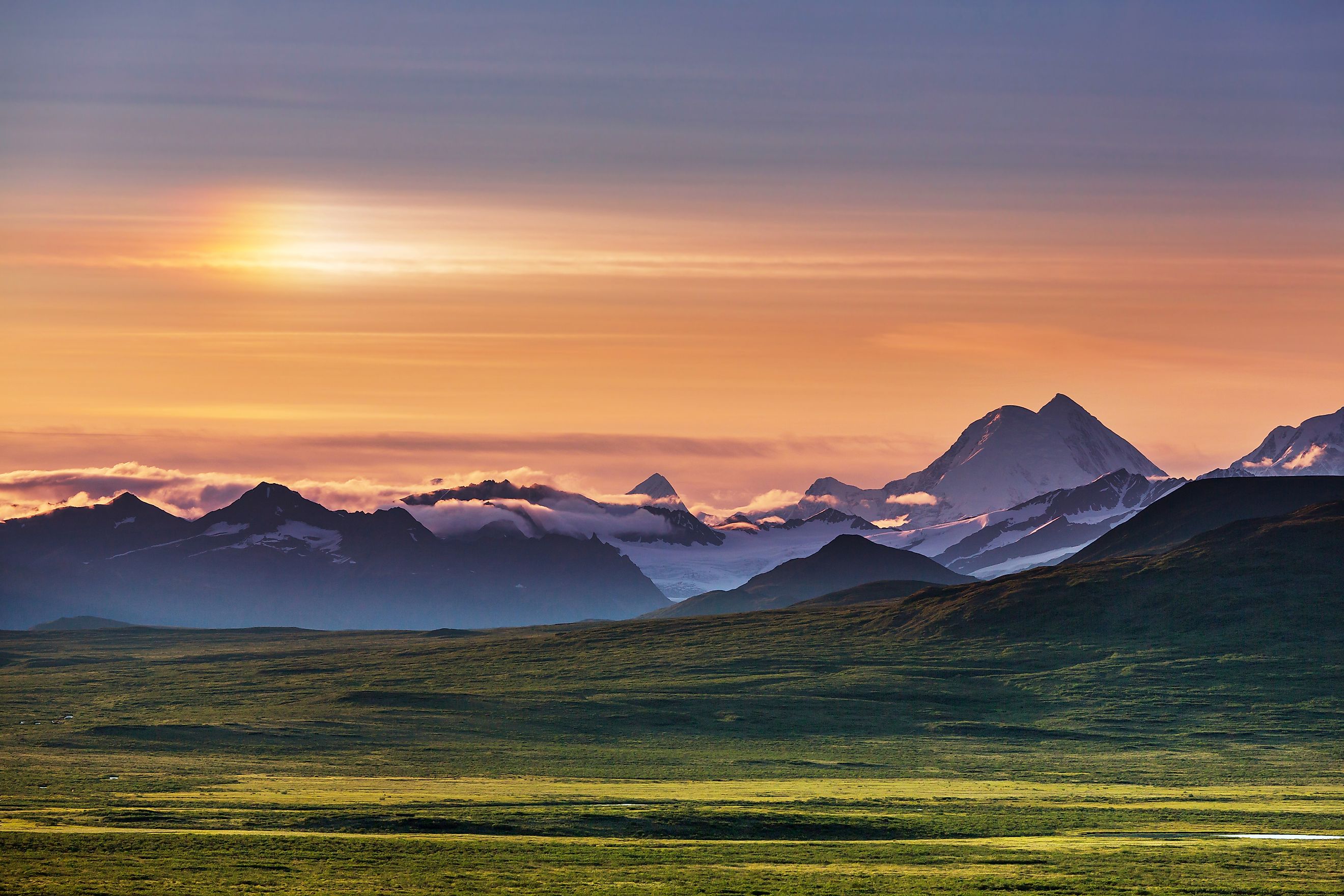
Which US States Have The Most Mountains?
Mountains define the American landscape. From the jagged peaks of the Rockies to the ancient folds of the Appalachians, these dramatic formations have shaped everything from weather patterns to state borders—and our sense of adventure. But which US states truly lay claim to having the most mountains?
This isn’t just a matter of altitude. The number of named peaks, the overall mountainous terrain, and the elevation ranges all contribute to the title. Some states are surprisingly rugged, while others are more mountainous than their reputation suggests.
Here’s a deep dive into the US states with the most mountains—whether you're planning a hike, a scenic drive, or just want to understand America’s topographic extremes.
What Counts as a “Mountain”?
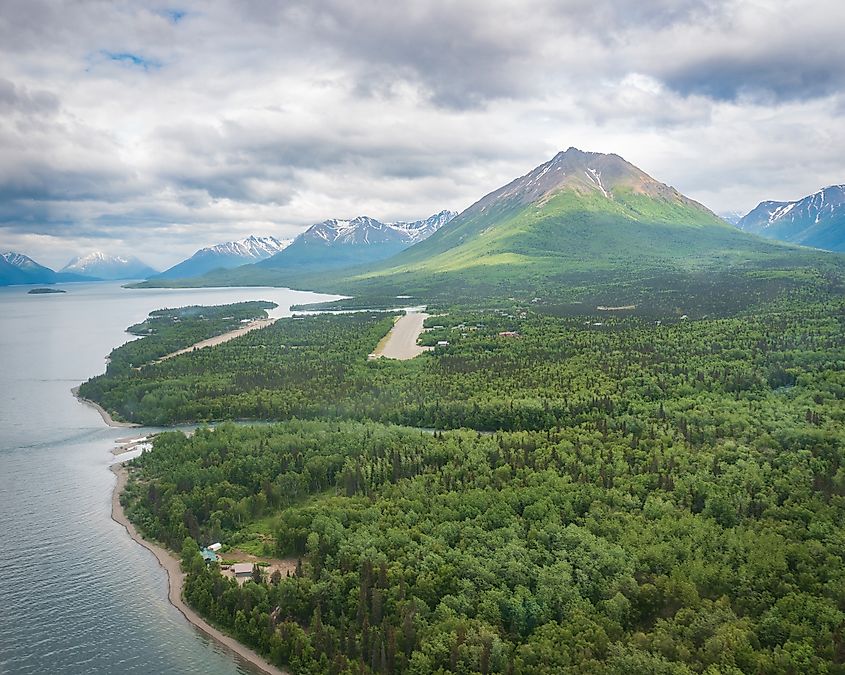
Before we rank the states, it’s important to define what we mean by a mountain. There’s no single universal standard, but in the US, a “mountain” typically refers to:
-
A peak with at least 1,000 feet of prominence above surrounding terrain
-
A named summit officially recognized by the U.S. Geological Survey (USGS)
-
A feature that is part of a known mountain range or system
With that in mind, we’re looking at both the number of named peaks and the mountainous terrain across each state.
Alaska – Over 29,000 Named Peaks
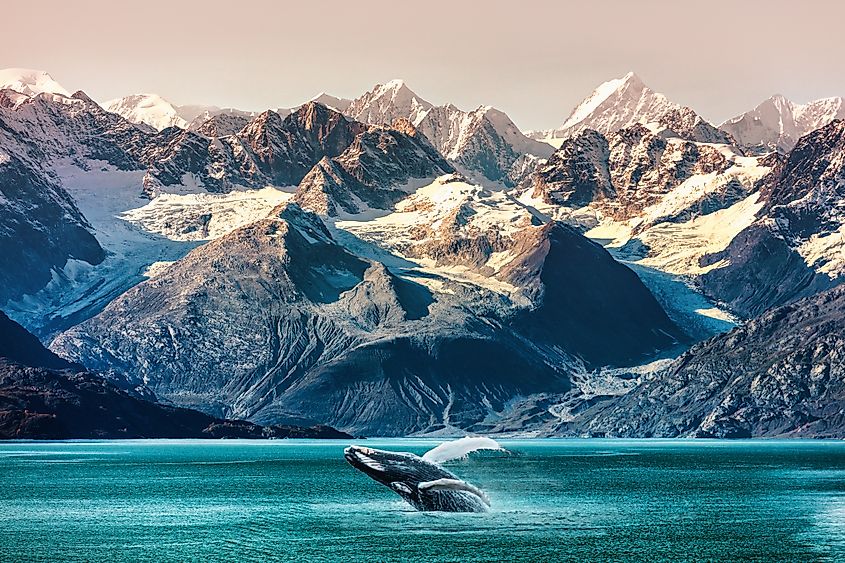
It’s no contest: Alaska is the most mountainous state in the US, and it isn’t even close.
-
Highest peak: Denali (20,310 feet), the tallest mountain in North America
-
Mountain ranges: Alaska Range, Brooks Range, Chugach Mountains, Wrangell Mountains, and more
-
Terrain: Over 17 of the highest 20 peaks in the US are in Alaska
Alaska’s mountains are not only numerous, but vast and remote. From snow-capped giants to rugged backcountry ranges, the state is a paradise for climbers, skiers, and photographers.
California – Over 5,800 Named Mountains
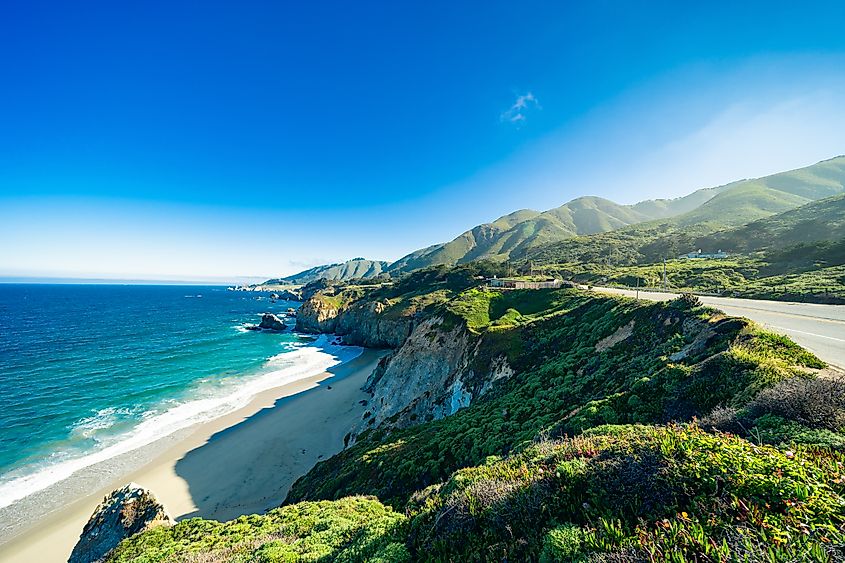
California is known for beaches and big cities, but its mountains are just as iconic.
-
Highest peak: Mount Whitney (14,505 feet) in the Sierra Nevada
-
Major ranges: Sierra Nevada, Cascades, Klamath Mountains, Transverse Ranges, and Peninsular Ranges
-
Notable fact: California has more 14,000-foot peaks than any state in the Lower 48
California’s landscape is a dramatic mashup of desert peaks, alpine summits, and volcanic remnants. The state’s sheer number of peaks makes it a top destination for every kind of mountain activity—from backpacking the John Muir Trail to skiing in Lake Tahoe.
Colorado – Over 5,600 Named Mountains
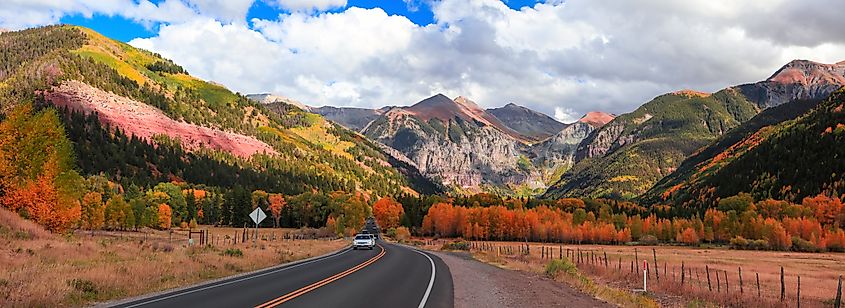
Colorado is synonymous with mountains, thanks to its central location in the Rocky Mountains and its high concentration of tall peaks.
-
Highest peak: Mount Elbert (14,440 feet)
-
Mountain ranges: Front Range, Sawatch Range, San Juan Mountains, and more
-
Claim to fame: 58 “Fourteeners”—peaks over 14,000 feet
With over 75% of the land above 6,000 feet, Colorado is one of the most elevated states overall. The mountains dominate every view and drive much of the tourism economy—from ski resorts to summer hikes.
Washington – Over 3,000 Named Peaks
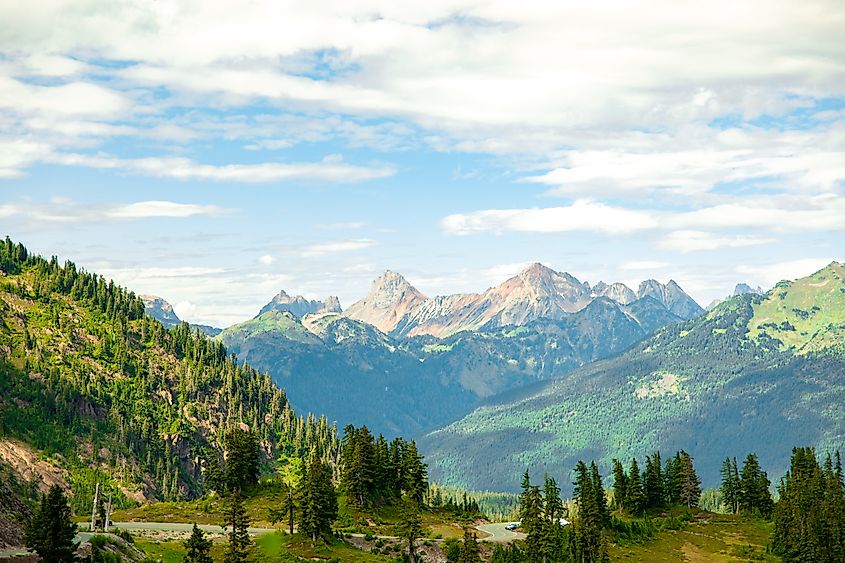
In the Pacific Northwest, Washington offers a wild blend of volcanic summits and misty, forested ranges.
-
Highest peak: Mount Rainier (14,411 feet), an active stratovolcano
-
Mountain ranges: Cascades, Olympics, and parts of the Rockies
-
Notable features: Glaciers, alpine lakes, and remote wilderness
Washington’s mountains are incredibly diverse. From the snow-covered volcanoes of the Cascades to the rugged coastlines of the Olympic Peninsula, the state offers an array of mountainous landscapes not seen anywhere else in the country.
Utah – Over 2,400 Named Mountains
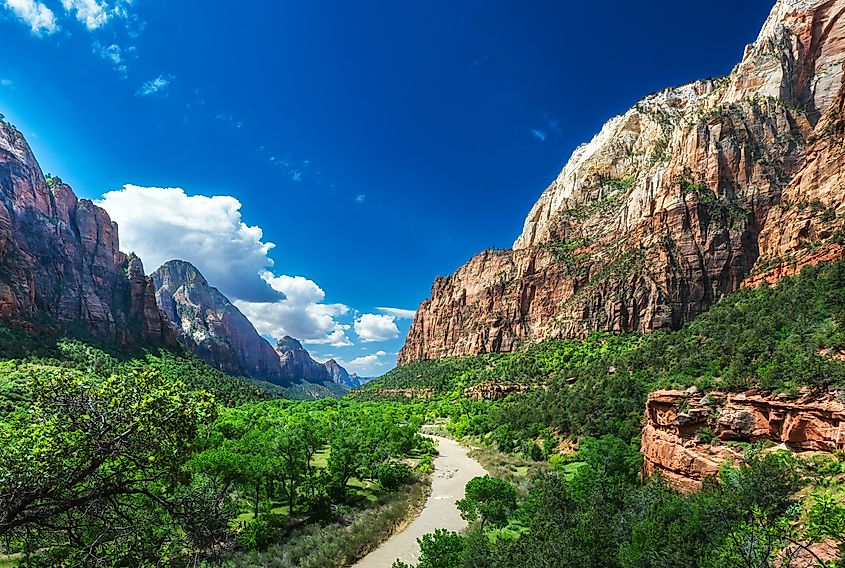
Utah may be famous for its red rock canyons, but it’s also filled with dramatic mountains that define much of the state’s geography.
-
Highest peak: Kings Peak (13,528 feet)
-
Major ranges: Wasatch Range, Uinta Mountains, Tushar Mountains
-
Fun fact: The Uinta Mountains are one of the few major east-west ranges in the US
Utah’s Wasatch Range runs directly through Salt Lake City and forms the spine of the state’s ski industry. Meanwhile, the remote Uintas are a favorite for backpackers looking for solitude and high alpine lakes.
Idaho – Over 1,800 Named Mountains
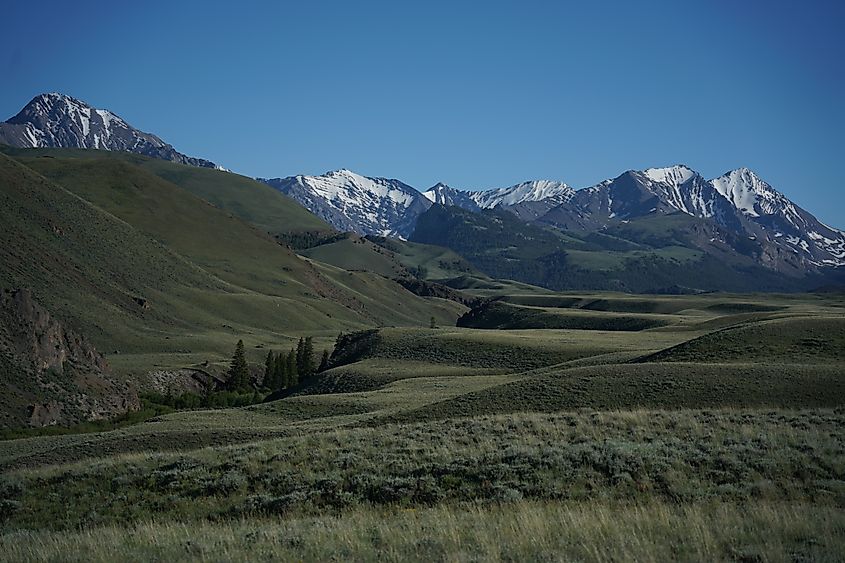
Tucked between Washington and Montana, Idaho is an underrated gem when it comes to mountains.
-
Highest peak: Borah Peak (12,668 feet)
-
Mountain ranges: Bitterroots, Sawtooth Range, Salmon River Mountains
-
Highlight: The Sawtooths are considered some of the most photogenic mountains in the US
Idaho is rough, rugged, and lightly populated. It’s a state where you can hike all day and never see another person—just peaks, forests, and pristine alpine lakes.
Montana – Over 2,900 Named Peaks
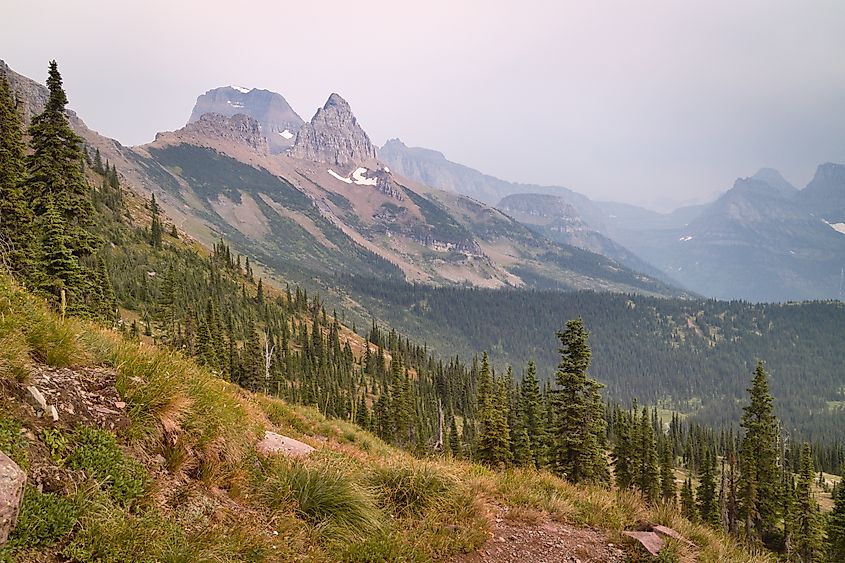
Known as “Big Sky Country,” Montana lives up to its reputation with wide open spaces and towering mountains.
-
Highest peak: Granite Peak (12,807 feet)
-
Mountain systems: Northern Rockies, Absaroka Range, Beartooth Mountains
-
Bonus: Glacier National Park is home to some of the most scenic mountains in the US
While Montana’s eastern plains are flat, the western half is mountainous, offering a mix of wilderness areas and outdoor adventure. Many of the state’s peaks are remote and untamed, ideal for experienced hikers and climbers.
Nevada – Over 300 Named Mountain Ranges
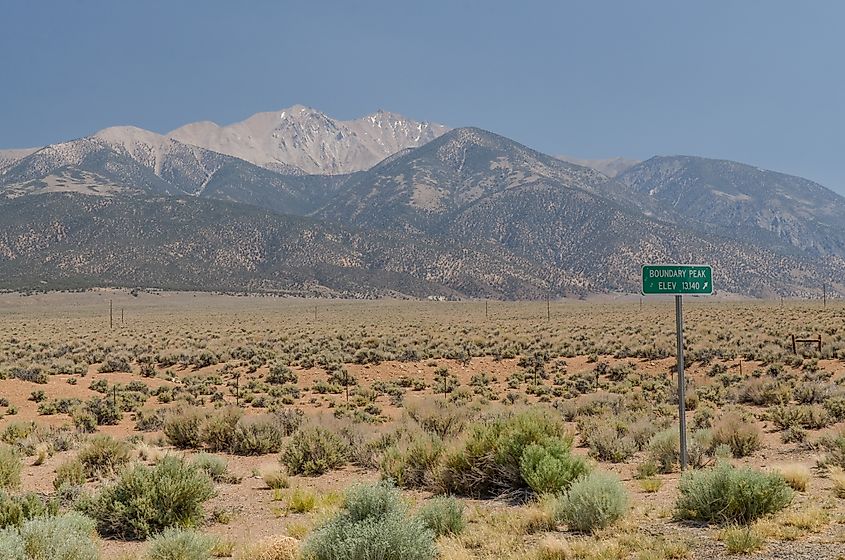
Yes, Nevada. It may be dry and desert-like, but it has more separate mountain ranges than any other state—over 300.
-
Highest peak: Boundary Peak (13,140 feet)
-
Geography: Basin and Range Province
-
Quirk: Many of Nevada’s ranges run north to south, separated by broad desert valleys
Though individual peaks in Nevada may not be the tallest, the quantity of ranges is remarkable. The result is a state crisscrossed by jagged ridgelines and sky islands, perfect for off-the-grid exploration.
Arizona – Over 1,500 Named Mountains
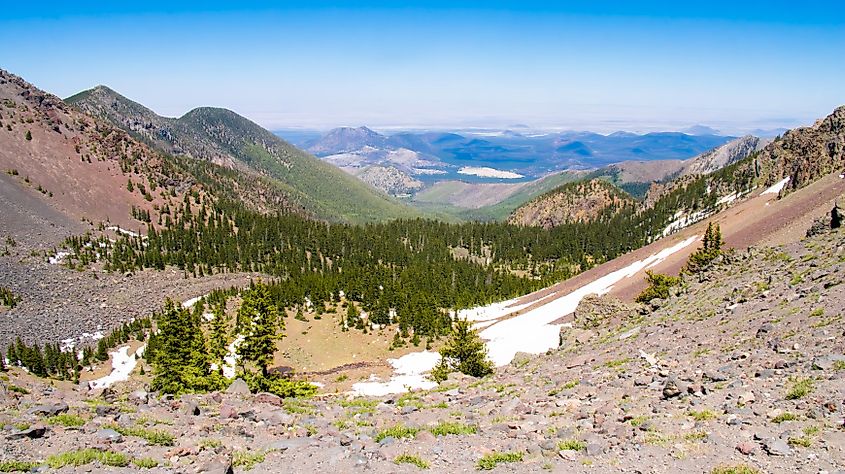
Arizona is known for desert heat, but it's also home to sky-high forests and snowy peaks.
-
Highest peak: Humphreys Peak (12,637 feet) near Flagstaff
-
Mountain ranges: San Francisco Peaks, Chiricahua Mountains, White Mountains
-
Diversity: High desert, alpine tundra, and volcanic cones
Arizona’s mountain zones are home to cooler climates, dense forests, and wildlife like elk and bears. Many of these ranges offer stark contrast to the desert floor just a few miles away.
Oregon – Over 1,300 Named Peaks
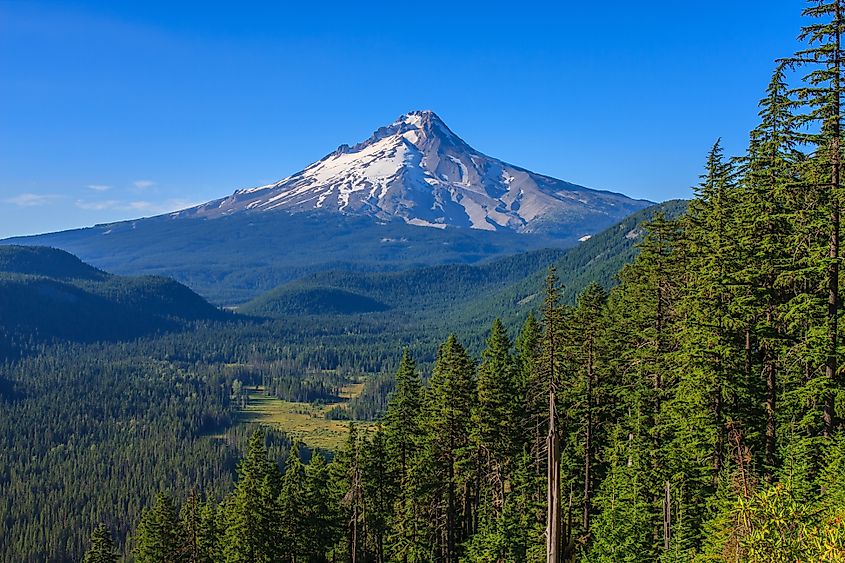
Like its neighbor Washington, Oregon is shaped by volcanoes and the Cascades.
-
Highest peak: Mount Hood (11,249 feet)
-
Rugged terrain: The Wallowa Mountains and Steens Mountain offer remote wilderness
Oregon’s mountain regions are lush, dramatic, and incredibly varied. From the jagged spires of the Three Sisters to the deep gorges of the Wallowas, the state offers some of the Pacific Northwest’s best alpine beauty.
Summing Up the Peaks
Mountains are more than just elevation—they’re ecosystems, cultural touchstones, and playgrounds for outdoor adventure. Whether you're seeking solitude in Alaska’s backcountry, skiing in Colorado, or hiking among volcanic craters in Oregon, the US offers an incredible range of mountainous experiences.
So the next time you look at a state map, think topographically. The mountains tell a deeper story—of geology, time, and the rugged beauty that still shapes the American experience.
Key Takeaways: Which State Wins?
-
Most named peaks: Alaska – by a massive margin
-
Most 14,000-foot peaks in the Lower 48: Colorado
-
Most mountain ranges: Nevada
-
Most under-the-radar: Idaho and Utah
If you’re looking for towering heights, go west. The western US dominates in terms of both number and size of mountains, with the Rockies, Sierra Nevada, and Cascades doing much of the heavy lifting. Eastern states still offer rugged beauty, but their mountains are older, shorter, and more eroded.
FAQs: Mountains by State
Which US state has the most mountains?
Alaska, with over 29,000 named peaks and more than 17 of the 20 highest summits in the US.
What state has the most 14,000-foot peaks?
Colorado, with 58 peaks over 14,000 feet.
Is Nevada really that mountainous?
Yes! While its peaks aren't the tallest, it has more separate mountain ranges than any other state.
Which eastern state is most mountainous?
North Carolina, thanks to the Appalachian Mountains and Mount Mitchell.
